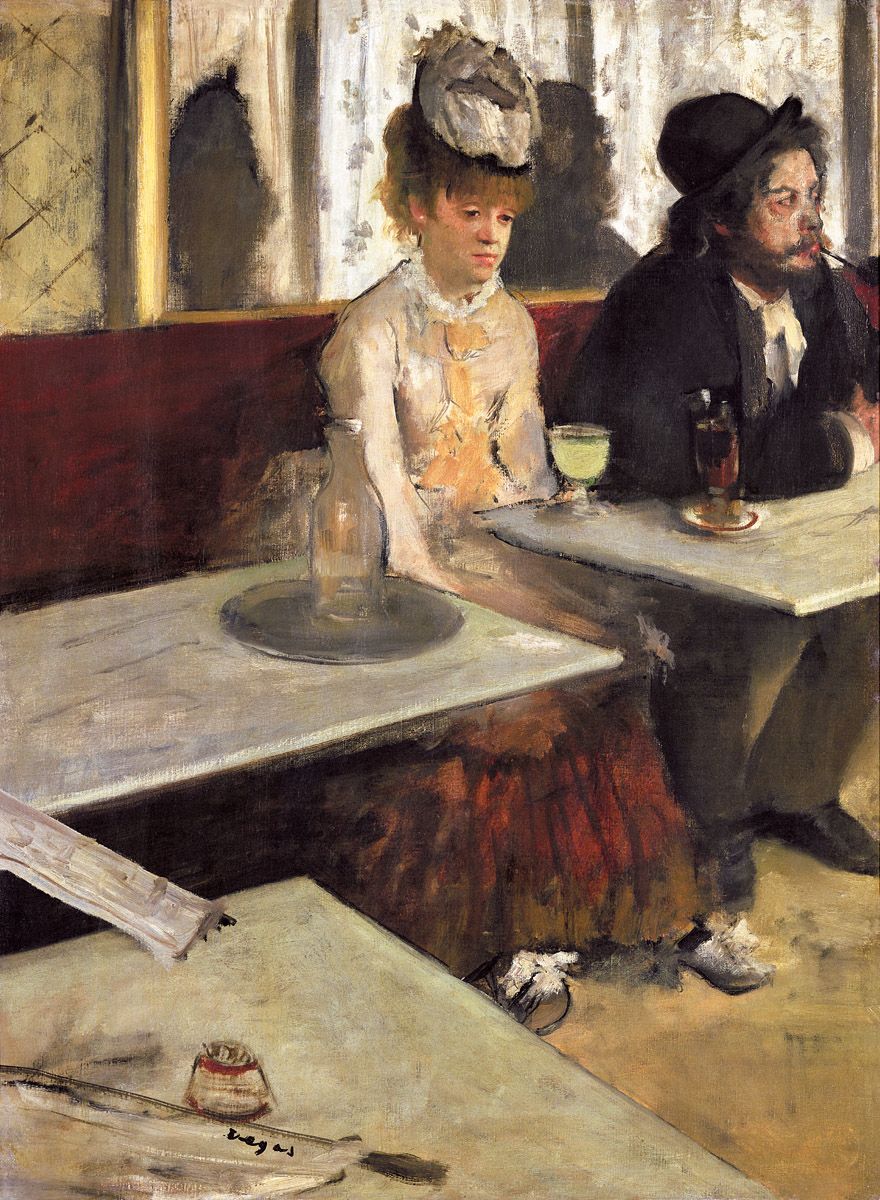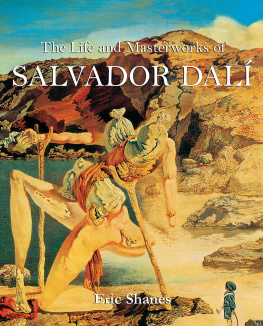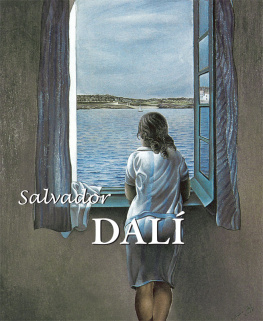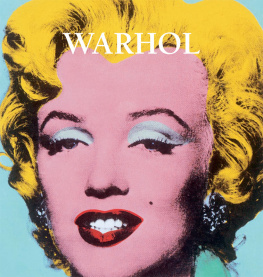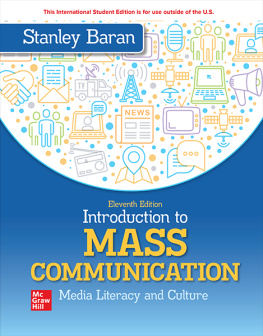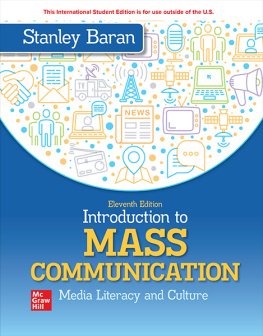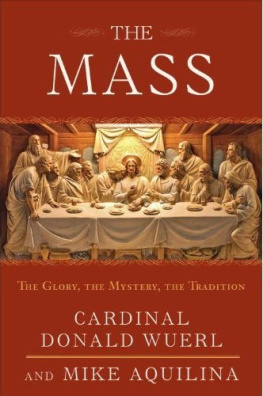Text: Eric Shanes
Layout:
Baseline Co Ltd
Vietnam
Confidential Concepts, worldwide, USA
Parkstone Press International, New York, USA
Image-Bar www.image-bar.com
James Hyman Fine Art, on behalf of the Estate of Michael Andrews
Arman Estate, Artists Rights Society, New York, USA/ ADAGP, Paris
Clive Barker
Ashley Bickerton
Peter Blake Estate, Artists Rights Society, New York, USA/ DACS, London
Chris Burden, copyright reserved
Patrick Caulfield Estate, Artists Rights Society, New York, USA/ DACS, London
Whitney Museum of American Art, New York. Photo credit: Geoffrey Clements, p.194
Robert Cottingham, courtesy of Forum Gallery, New York
Courtesy Lisson Gallery and the Artist (Tony Cragg). Photo credit: Stephen White, London
Art Estate of Allan DArcangelo/Licensed by VAGA, New York, NY
Estate Kingdom of Spain, Gala-Salvador Dal Foundation, Artists Rights Society, New York, USA/ VEGAP, Madrid
Stuart Davis Estate, Artists Rights Society, New York, USA/ ADAGP, Paris
Jim Dine Estate, Artists Rights Society, New York
Marcel Duchamp Estate, Artists Rights Society, New York, USA/ ADAGP, Paris
Don Eddy, copyright reserved
Olafur Eliasson, courtesy Neugerriemschneider Berlin and Tanya Bonakdar Gallery, New York
Err Estate, Artists Rights Society, New York, USA/ ADAGP, Paris
Richard Estes, courtesy Marlborough Gallery, New York
Richard Estes Food Coty Akron Art Museum 2005
Finn-Kelcey, Bureau de change, 1997-2000
Charles Frazier, copyright reserved
Halsman Estate
Richard Hamilton Estate, Artists Rights Society, New York, USA/ DACS, London
Art Estate of Duane Hanson/Licensed by VAGA, New York, NY
The Estate of Keith Haring
OK Harris Works of Art, New York
Marsden Hartley, copyrights reserved
Tim Head
Hirshhorn Museum and Sculpture Garden, Smithsonian American Art Museum, gift of the Joseph H. Hirshhorn Foundation, 1972. Photo credit: Lee Stalsworth, p.143
David Hockney
Robert Indiana Estate, Artists Rights Society, New York
Alain Jacquet Estate, Artists Rights Society, New York, USA/ ADAGP, Paris
Art Jasper Johns/Licensed by VAGA, New York, NY
Allen Jones
Howard Kanovitz Estate, Artists Rights Society, New York, USA/ VG Bild-Kunst, Bonn
Edward Kienholz and Nancy Reddin Kienholz
Jeff Koons
1982, Mark Kostabi
Courtesy Estate of Roy Lichtenstein, New York
David Mach
Marisol Estate, Artists Rights Society, New York, USA/ VAGA, New York
Allan McCollum
Claes Oldenburg and Coosje van Bruggen
Eduardo Paolozzi, Artists Rights Society, New York, USA/ DACS, London
Ed Paschke, Strangulita, 1979
Ed Paschke, Nervosa, 1980
Ed Paschke, Electalady, 1984
Ed Paschke, Matinee, 1987
Peter Phillips
Pablo Picasso Estate, Artists Rights Society, New York, USA/ ADAGP, Paris
Michelangelo Pistoletto
Art Mel Ramos/Licensed by VAGA, New York, NY
Art Robert Rauschenberg/Licensed by VAGA, New York, NY
Martial Raysse, Artists Rights Society, New York, USA/ ADAGP, Paris
Art Estate of Larry Rivers/Licensed by VAGA, New York, NY
Art James Rosenquist/Licensed by VAGA, New York, NY
Mimmo Rotella Estate, Artists Rights Society, New York, USA/ ADAGP, Paris
Edward Ruscha
Niki de Saint Phalle Estate, Artists Rights Society, New York, USA/ ADAGP, Paris
Kurt Schwitters Estate, Artists Rights Society, New York, USA/ ADAGP, Paris
Art The George and Helen Segal Foundation/Licensed by VAGA, New York, NY Skoglund, Germs are everywhere 1984
Richard Smith
Courtesy of Haim Steinbach and the Milwaukee art Museum
Art Wayne Thiebaud/Licensed by VAGA, New York, NY
Wayne Thiebaud, Iris & B. Gerald Cantor Center for Visual Arts at Stanford University; Committee for Art Acquisitions Fund. Conservation supported by the Lois Clumeck Fund
Wolf Vostell Estate, Artists Rights Society, New York, USA/ VG Bild-Kunst, Bonn
Andy Warhol Estate, Artists Rights Society, New York
Art Estate of Tom Wesselmann/Licensed by VAGA, New York, NY
Art Estate of Grant Wood/Licensed by VAGA, New York, NY
American Gothic, 1930 by Grant Wood
All rights reserved by the Estate of Nan Wood Graham/Licensed by VAGA, New York, NY
All rights reserved
No part of this publication may be reproduced or adapted without the permission of the copyrights holder, throughout the world. Unless otherwise specified, copyright on the works reproduced lies with the respective photographers. Despite intensive research, it has not always been possible to establish copyright ownership. Where this is the case we would appreciate notification
ISBN: 978-1-78310-749-0
Eric Shanes
The
POPART
Tradition
Responding to Mass-Culture

For John Gage,
friend and mentor
Contents
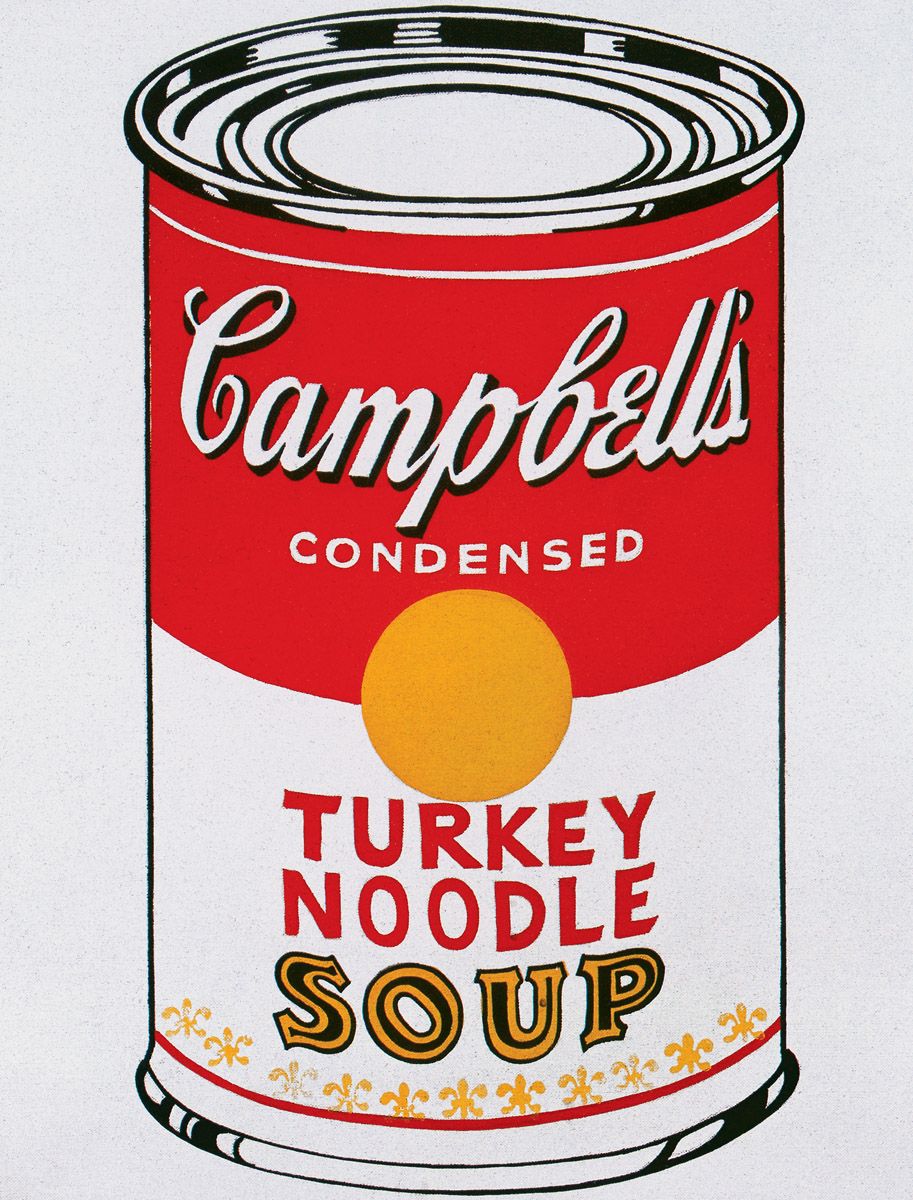
Andy Warhol,Campbells soup (Turkey Noodle), 1962. Silkscreen ink on canvas, 51 x 40.6 cm. Sonnabend collection.
FOREWORD
Since the late-1950s a new tradition has emerged in Western art. Although its initial phase lasting between about 1958 and 1970 was quickly dubbed Pop Art, that label has always been recognised as a misnomer, for often it has served to obscure far more than it clarified. If anything, the tradition incepted in the late-1950s should be named Mass-Culture Art, for when the British critic Lawrence Alloway coined the phrase Pop in 1958, he was not applying the term to any art yet in existence, let alone to a rebellious youth-orientated Pop culture which was only then in its infancy but which use of the word Pop now tends to suggest (and to do so in an increasingly dated manner). Instead, he was writing about those rapidly increasing numbers of people across the entirety of western society whose very multitudinousness and shared values were causing new forms of cultural expression to come into existence and for whom increasing affluence, leisure and affordable technology were permitting the enjoyment of mass-culture. As we shall see, the central preoccupation of so-called Pop Art has always been the effects and artefacts of mass-culture, so to call the tradition Mass-Culture Art is therefore more accurate (although to avoid art-historical confusion, the term Pop has been retained as a prefix throughout this book). Moreover, mass-culture in all its rich complexity has inspired further generations of artists whom we would never link with Pop Art, thus making it vital we should characterise the tradition to which both they and the 1960s Pop Artists equally contributed as Mass-Culture Art, for otherwise it might prove well-nigh impossible to discern any connection between these groups of artists separated by time and place. The aims of this book are therefore fourfold: to cut across familiar distinctions regarding what is or is not Pop Art by enhancing the latter term; to explore the tradition of Pop/Mass-Culture Art and its causes; to discuss its major contributors; and to examine a representative number of works by those artists in detail.
